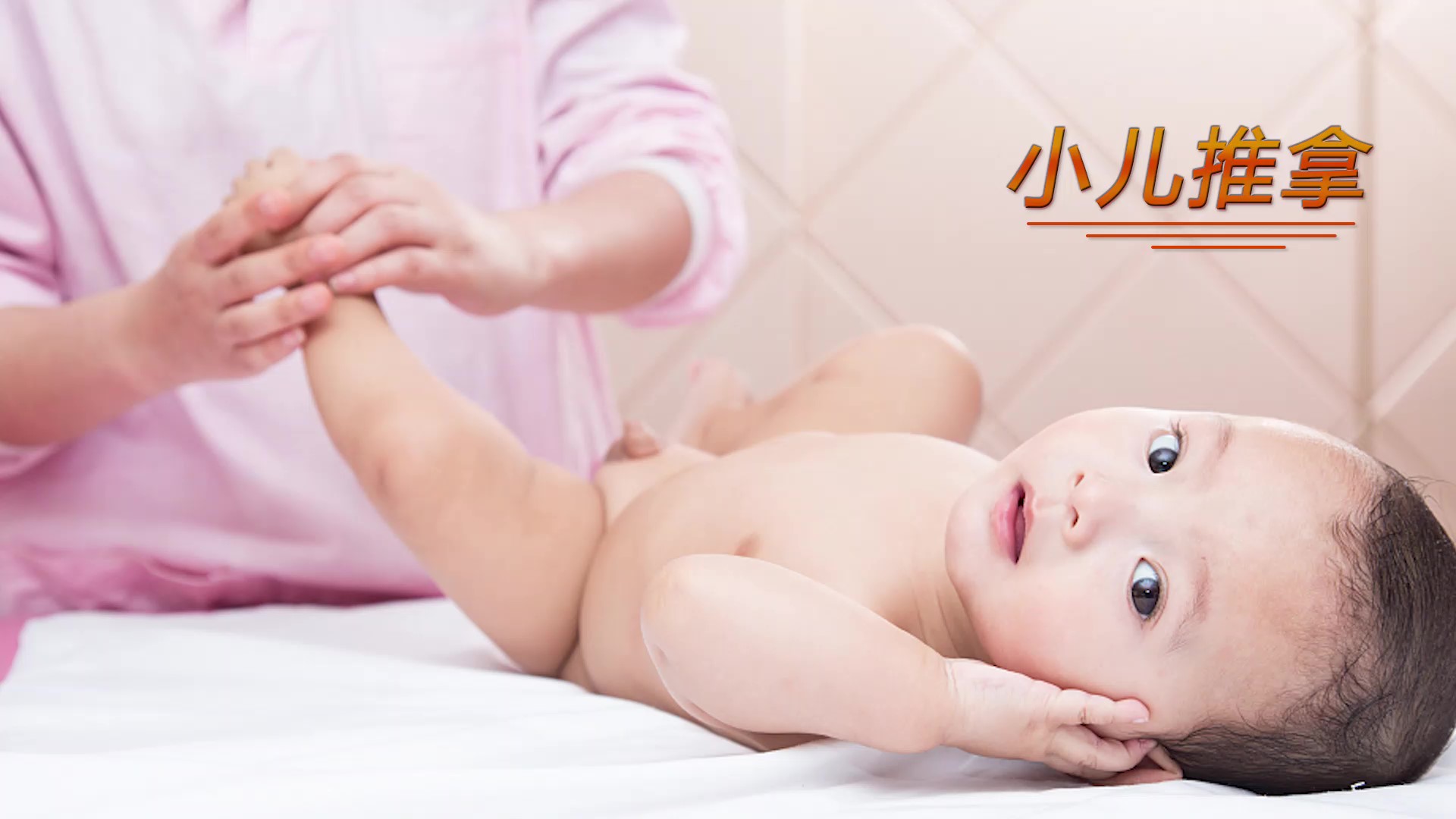
当前课程知识点:Diagnostics in Chinese Medicine > Week 11 Diagnosis methods:Listening and smelling examination > 9.1 Listening > 9.1 Listening
返回《Diagnostics in Chinese Medicine》慕课在线视频课程列表
返回《Diagnostics in Chinese Medicine》慕课在线视频列表
同学们好
今天我们来学习中医闻诊
闻诊 是通过听声音和嗅气味
来诊察疾病的方法
闻诊 涉及到两个感官
一个用耳朵听声音
听声音 主要听病人的声音
呼吸音 语言 咳嗽 心音
呕吐音 呃逆 嗳气 太息
喷嚏 呵欠和肠鸣等等
各种声响来诊病的方法
另外一个 就是用鼻子去嗅气味
嗅气味 主要是嗅病体发出的异常气味
排出物的气味
和病室的气味等来诊病的方法
我们首先来学习听声音的内容
听声音 是指听辨病人的
言语气息的高低 强弱 清浊 缓急的变化
以及咳嗽 呕吐 肠鸣等
脏腑病理变化的异常声响
来判断疾病的寒热虚实性质的诊病方法
听声音 主要听病人的语声
语言 呼吸 咳嗽 心音
胃肠异常声响
包括呕吐 呃逆 嗳气 肠鸣音等等
为什么听声音可以来诊病呢
它的原理 可以用五个字概括
就是 气动则有声
因为五脏都有气
五脏气运动 可以维持人体的生理功能和气机调畅
如果 五脏之气发生病变
就会产生相应的声响
比如
肺主气 司呼吸
肾主纳气
如果肺肾出现病变
就会表现出来咳嗽 气喘
或者声音的异常病变
心主血藏神
言为心声
如果心出现病变 就会因为
心不藏神 而表现出言语异常
或者心脏跳动所发出的心音的异常
脾胃为后天之本
气机升降之枢纽
如果脾胃病变
胃失和降 胃气上逆
就会表现出胃肠道异常的声响
比如 呕吐 呃逆 嗳气 或者肠鸣等
肝主疏泄 调畅气机
如果肝疏泄失常 则气机失调
就会表现出来太息等异常声音
所以听声音的变化
可以诊察发音器官的病变
从而推断脏腑和整体的变化
比如 当听到咳嗽
就可以判定是肺或者肾的病变
当听到呕吐 呃逆 嗳气的声音
就可以判定是脾胃的病变
如果听到唉声叹气(叹息)的声音
就可以判定为肝的病变
如果听到言语的异常 比如
神昏谵语 说胡话
就可以判定为心神的病变
下面我们来学习正常声音的特点和意义
正常的声音
它的特点 主要表现为
发声自然 声调和谐 柔和圆润
语言流畅 应答自如 言与意符
这种正常的声音 通常预示着
气血充盈 宗气充沛 气机调畅
但是由于年龄 性别和禀赋个体的差异
正常的声音也有所不同
一般来说
男性的声音 低而沉
女性的声音 高亢而清晰
儿童的声音 尖利而清脆
老人的声音 深厚而低沉
此外 语声的变化与情志变化有关
比如
喜时发声多愉悦
怒时发声多急厉
悲时发声多悲惨而断续
快乐时发声多舒畅而缓和
敬则发声多正直而严肃
爱则发声温柔等等
这些因一时的感情触动而发出的声音
都是属于正常的范围
与疾病无关
异常的声音 我们将从以下五个方面分别学习
包括 异常的声音
语言 呼吸 咳嗽以及胃肠道的异常声音等等
具体内容 我们将在下节课开始学习
本节课就上到这里
-Introductory remark
--QQ groups、WeChat public account
-Introduction
--【Discussion 1】Why do you want to take this course?
-Unit test for Introduction
-1.1 Yin-yang theory
-1.2 The theory of five elements
--1.2.1 The theory of five elements
--1.2.2 Application of the theory of five elements
-Frequently Asked Questions
-Unit test for week 1
-2.0 Outline
--【Discussion 2】How to understand the holistic view centered on the Zang Fu theory?
-2.1 Liver
--【Discussion 3】Why is repose more important than vigorous exercise in recuperation for patients with
-2.2 Heart
-2.3 Spleen
-2.4 Lung
--2.4 Lung
-2.5 Kidney
-2.6 Six fu organs
-Frequently Asked Questions
-Unit test for week 2
-3.1 Qi
--3.1 Qi
-3.2 Blood
-3.3 Body fluid
-3.4 The relationship of qi, blood and body fluid
--3.4 The relationship of qi, blood and body fluid
--【Discussion 4】A discussion about the theory of qi, blood and body fluid
-Frequently Asked Questions
-Unit test for week 3
-4.0 Outline
-4.1 Six exogenous factors
--4.1.2 Nature and pathogenicity of wind and cold
--4.1.3 Nature and pathogenicity of summer heat and damp
--4.1.4 Nature and pathogenicity of dryness and fire
-4.2 Etiology of visceral impairment
--4.2 Etiology of visceral impairment
-Frequently Asked Questions
-Unit test for week 4
-5.0 Outline of inquiry
--【Discussion 5】If you were a patient, how would you describe your condition to your doctor first?
-5.1 Inquiry of Chills and fever
--5.1.1 Chills and fever(Aversion to cold with fever)
--5.1.2 Chills and fever(Chills without fever)
--5.1.3 Chills and fever(Fever without chills)
--5.1.4 Chills and fever(Alternative chills and fever)
--【Discussion 6】How to understand "if you have clinical manifestations of cold, that is exterior syndr
-5.2 Inquiry of perspiration
-Frequently Asked Questions
-Unit test for week 5
-5.3 Inquiring of pain
--【Discussion 7】How to understand "stagnation leading to pain and innourish leading to pain"?
-5.4 Inquiring of head, body, thorax and abdomen
--5.4 Inquiring of head, body, thorax and abdomen
-5.5 Inquiring of ears and eyes
--5.5 Inquiring of ears and eyes
-5.6 Inquiring of sleep
-5.7 Inquiring of food and drink, appetite and taste
--5.7 Inquiring of food and drink, appetite and taste
-5.8 Inquiring of defecation and urination
--5.8.1 Inquiring of defecation
--5.8.2 Inquiring of urination
-5.9 Inquiring of infantile and women's disease
--5.9 Inquiring of infantile and women's disease
-Unit test for week 6
-6.0 Outline of Observation
--【Discussion 8】Please use the whole body inspection (including the expression, complexion and figure)
-6.1.1 Observation of vitality
--6.1.1 Observation of vitality
-6.1.2 Observation of the color
--6.1.2.1 The content, principles of inspection of the color
--6.1.2.2 Indication of diseases by five colors
--【Discussion 9】How do you understand the normal complexion of a normal people?
-6.1.3 Observation of the appearance
--6.1.3 Observation of the appearance
-6.1.4 Observation of figure and posture
--6.1.4 Observation of figure and posture
-Unit test for week 7
-6.2.1 Observation of head and face
--6.2.1 Observation of head and face
-6.2.2 Observation of five sensory organs
--6.2.2.1Observation of five sensory organs(observation of eyes,ears,nose)
--6.2.2.2Observation of five sensory organs(observation of lips,teeth and gums,throat)
-6.2.3 Observation of body
-6.2.4 Observation of limbs
-6.2.5 Observation of two lower orifices
--6.2.5 Observation of two lower orifices
-6.2.6 Observation of skin
-6.3 Observation of excreta
-6.4 Observation of infantile fingerprints
--6.4 Observation of infantile fingerprints
-Frequently Asked Questions
-Unit test for week 8
-7.1 Outline of tongue inspection
--7.1.1 The morphology and structure of the tongue
--7.1.2 The principle of tongue examination
--7.1.3 The method and precaution of tongue examination
--7.1.4 The content of tongue examination, normal tongue
-7.2 Inspection of tongue structure
--7.2.1 Observe the color of tongue
--7.2.2 Observe the shape of tongue
--7.2.3 Observe the states of tongue
--7.2.4 Observation of sublingual vein
-7.3 Observation of tongue coating
--7.3.1 Observation of coating texture
--7.3.2 Observe the color of coating
-7.4 Clinical significance of tongue diagnosis
--7.4 Clinical significance of tongue diagnosis
--【Discussion 10】Why to observe the tongue can be used to diagnose disease?
-Unit test for week 9
-8.1 The principle of pulse examination
--8.1 The principle of pulse examination
-8.2 The regions and methods of pulse examination
--8.2 The regions and methods of pulse examination
-8.3 The elements of pulse examination and the normal pulse
--8.3 The elements of pulse examination and the normal pulse
-8.4 Characteristics and significance of pulse
--8.4.1 Superficial pulse, deep pulse, slow pulse, rapid pulse
--8.4.2 Surging pulse, thin pulse, long pulse, short pulse
--8.4.3 Feeble pulse, forceful pulse, slippery pulse, uneven
--8.4.4 Taut pulse, tense pulse,soggy pulse, moderate pulse
--8.4.5 Knotted, slow-regular-intermittent, irregularly abrupt
-8.5 Similar pulse, concurrent pulse, pulse indicating deterioration of visceral qi۞
--8.5 Similar pulse, concurrent pulse, pulse indicating deterioration of visceral qi۞
--【Discussion 11】Why is complex pulse more common than single-factor pulse?
-8.6 Women’s pulse, children’s pulse
--8.6 Women’s pulse, children’s pulse
-8.7 The clinical significance of pulse diagnosis
--8.7 The clinical significance of pulse diagnosis
-Unit test for week 10
-9.1 Listening
-9.2.1 Abnormal sound
-9.2.2 Abnormal language
-9.2.3 Respiratory abnormality
--9.2.3 Respiratory abnormality
-9.2.4 Cough
--【Discussion 12】How to observe the patient's cough sound and sputum changes to determine whether the
-9.2.5 Abnormal sounds of the stomach and intestines
--9.2.5 Abnormal sounds of the stomach and intestines
-9.3 Smelling
--【Discussion 13】How to diagnose by smelling?
-Unit test for week 11
-10.1 The method, meaning and precautions of palpation
--10.1 The method, meaning and precautions of palpation
-10.2 Contents of palpation
--10.2.1 Palpating chest and hypochondrium
--10.2.2 Palpating stomach and abdomen
--10.2.4 Palpating hands and feet, palpating acupoints
--【Discussion 14】How to determine whether external or internal injuries?
-Unit test for week 12
-Conclusion
-Final Exam
--Final Exam

